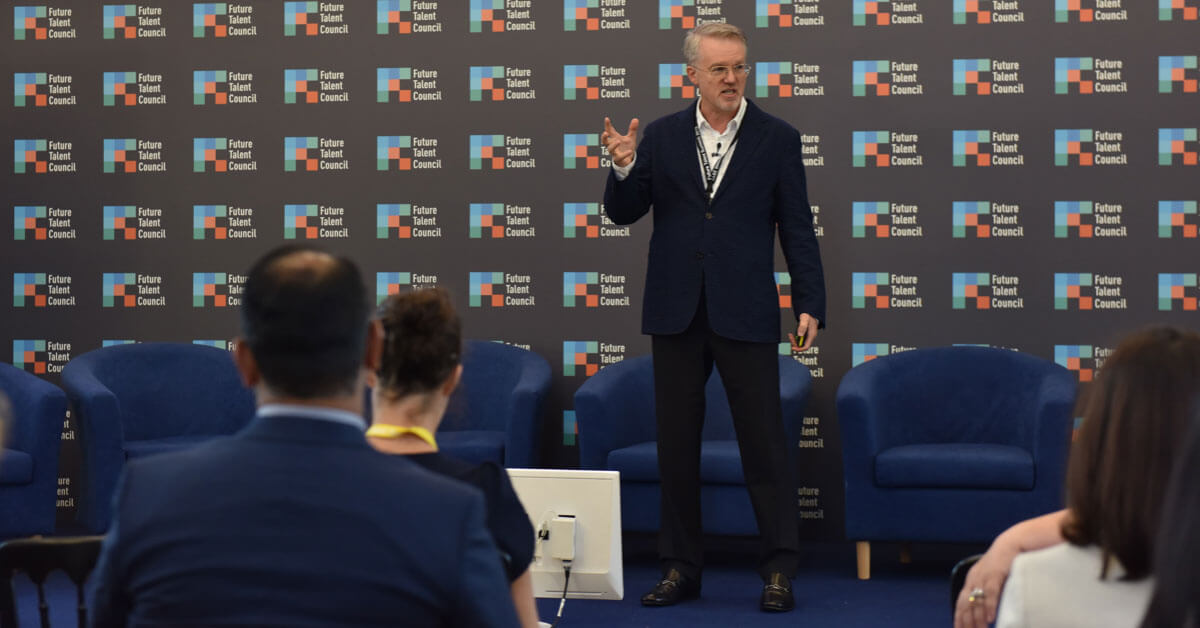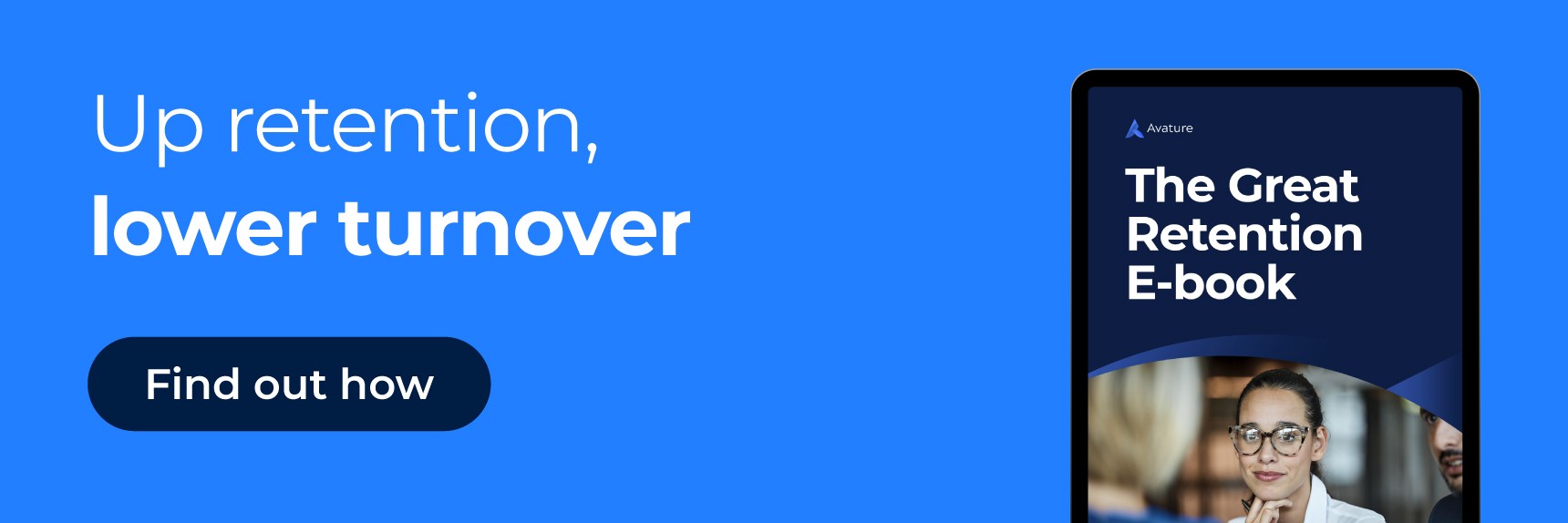CEO and Founder of Avature, Dimitri Boylan, took to the stage to talk about the best approach to a digital transformation strategy for HR at the Future Talent Summit, the global gathering of leaders dedicated to improving human talent opportunity and capability.
In his session, he spoke about the future of talent and the importance of leadership, employee engagement, and robust digital transformation tools to ensure organizational success in the current landscape. Ready to dive deeper? Read on.
Start From the Beginning: What Is Your HR Digital Transformation Strategy Roadmap?
In order to stay competitive, many organizations are pegging their hopes on new technology to drive their digital transformation. But for it to be effective, that’s not the only thing they must consider.
Having powerful tools but lacking a clear and comprehensive strategy on how to put them to work leads nowhere. An approach that involves a clear plan, employee commitment and a strong organizational culture are key to making the workforce feel part of the change and ensuring technological investments are not in vain.
The Power of Employee Engagement to Bring Your Digital Strategy to Life
A Harvard Business Review study claims that digital transformation is about talent, not technology. Thus, one of the keys to conducting an effective digital transformation strategy is investing in a strong culture and a positive employee experience. After all, it’s not just a top-down mandate but a process that your workforce can only make possible.
And the benefits of employee engagement are not only seen by the workforce. They are clear in the overall results achieved by the organization as a whole. As a commercial imperative, it is widely recognized that standout performers usually stem from the most empowered and engaged employees. Investing in people management skills and tools is fundamental to driving that motivation, improving organizational output and increasing competitiveness.
However, the digital workplace and its operating models are currently struggling with outdated people management processes. These originated from the Industrial Revolution, which characteristically used the command-and-control approach to drive efficiency.
The propagation of this model leads to underestimating means it focuses less on employee motivation strategies and prioritizing existing processes that manage workers only as a means to an end.
The use of talent technology often reflects this because, for many years, it has only been seen as a way to drive efficiency, leaving employee performance and engagement aside.
The way people are currently managed is outdated. What we have now comes from the industrial revolution. The idea that one person comes up with the idea and then the rest of the people just come in and do the work simply isn’t effective with the current generation. Somewhere along the line, they have been taught to be creative, and company cultures should be adapting to this if they want to hire and retain the best talent.
— Dimitri Boylan
According to Gallup’s latest State of the Global Workplace report, eighty-five percent of employees are not engaged or actively disengaged at work. This represents a huge obstacle to achieving a successful digital transformation.
For it to be effective, the workforce needs to be willing and empowered to adapt to new processes and be engaged with the change. Which is why employers need to work on improving their people management strategies
If you want to improve your employee motivation and retention strategies, our Great Retention e-book will provide tips and tools to engage your workforce actively.
Rely on Agile Technologies to Drive Your Digital Transformation Strategy
Assuming you’ve reached the conclusion that employee engagement is fundamental for your digital transformation to be successful, choosing the right technology to facilitate an overhaul of your talent processes is the next step.
Rigid, off-the-shelf systems often fail to accommodate the process complexity of organizations running talent operations in multiple locations, where a local touch or a seemingly bespoke experience can dramatically alter success rates.
They also lag behind market trends and inhibit organizations from making changes on the fly that enable them to react to external factors, such as economic downturns, or adapt to new business needs or challenges. In the context of digital transformation, this agility is an essential ingredient for success. This is why market leaders and innovators across all sectors prioritize investment in agile talent technology.
At Avature, platform agility is achieved through a two-week release cycle that introduces software enhancements and new functionality, ensuring our customers are always armed with leading-edge technology to adapt and react to market demands. In fact, our roadmap is largely driven by customer requests, which means we regularly introduce new features to address their needs and strategic objectives.
Platform configurability also feeds into technological agility. If organizations are limited instead of enabled by their technology, executing their digital transformation strategy becomes even more complex. Years of experience and working with hundreds of companies that have a global presence has taught us that a one-size-fits-all approach fails to deliver for our customer base. This is why we work to provide one centralized, agile system that can be easily adjusted to the unique needs and processes of each company.
In other words, with Avature, your ideas are configurable. We provide the system architecture, tools and expertise that support the successful implementation of the innovative talent programs our customers have envisioned.
There has to be a greater trust in people’s ability to think and to act with their intuition and their knowledge. If you don’t create that trust and if you don’t let people bring everything that the human person brings to the table, they are not going to compete.
–Dimitri Boylan
To Conclude
Hearing from HR masterminds like Dimitri can help uncover insights on how to optimize your digital transformation strategy, and we have a lot of great content precisely for this purpose. Watch a snippet of the original presentation that inspired this post, or you can continue diving into Dimitri’s HR expertise on the topic of talent transformation.




